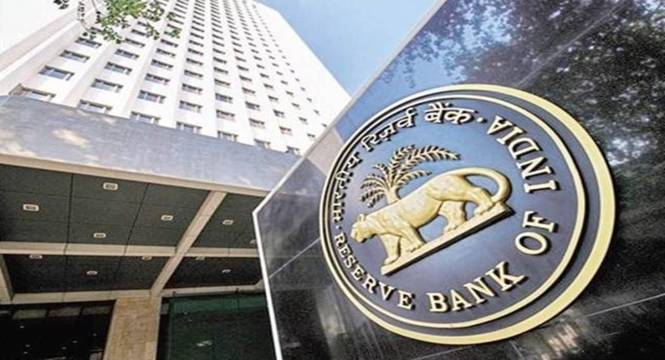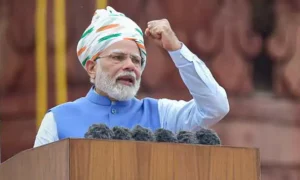A recent Reuters poll of economists predicts that the Reserve Bank of India (RBI) will increase its primary interest rate by 25 basis points on April 6, but then keep rates unchanged for the remainder of the year while continuing to maintain its tightening stance.
Also Read– PAN-Aadhaar Linking Date Extended: Know How To Check Status Online Here
The poll suggests that persistently high inflation in India, which exceeded the RBI’s upper tolerance limit of 6% by reaching 6.52% in January and remained elevated at 6.44% in February, is the primary factor behind the expected rate hike.
As per the poll, 49 out of 62 respondents predicted that the Reserve Bank of India (RBI) would increase its repo rate by 25 basis points to 6.75%, which would be the highest in seven years, at the conclusion of its meeting on April 3-6.
Read More: SBI Credit Card Charges: New Changes to Know About in March 2023
Additionally, a majority of economists surveyed believe that the RBI would maintain the same interest rate level for the remaining part of the year.
If realised, that would mark a cumulative 275 basis point increase from the Monetary Policy Committee since last May, a relatively modest rate cycle compared with some other central banks like the U.S. Federal Reserve, which started earlier.
Read More: Indian Railways Update: IRCTC Cancels THESE Trains On March 29; Check Full List
“It’s not just headline – even core inflation, which the MPC did emphasize substantially in the last two policy reviews, continues to be a point of concern for them,” said Vivek Kumar, an economist at QuantEco.
“The Fed has done what it roughly telegraphed, and given that backdrop … we see no reason why the RBI should stay back, especially when inflation is running ahead of the upper end of the comfort band.”
Also Read– UPI payment charges for bank account-to-account money transfer from April 1: It’s free!
According to a recent survey, 20 out of 36 respondents believe that the central bank would continue to maintain its current withdrawal of accommodation stance at the upcoming April meeting.
On the other hand, the remaining 16 respondents predicted that the bank would shift its stance to neutral.
Also Read- New tax not to impact pure term, small policies: MoS Finance
“We expect no change in the stance. There is still a residual expectation of one more Fed rate hike in May. Until that is behind us, the RBI probably will not be very comfortable in signalling that they are done with rate hikes,” said QuantEco’s Kumar.
As per the poll, out of 33 respondents who were asked about the risk to their terminal rate forecast, just over half of them, which is 18, said that the bigger risk was the rate would be higher than what they had predicted.
The remaining 15 respondents said that the bigger risk was that the rate would be lower than what they had anticipated. In comparison, in the previous month’s poll, all economists had expressed that the bigger risk was that the rate would be higher than their predictions.
Furthermore, 17 respondents who were asked about the potential highest point the rate could reach, in case 6.75% is not the peak, provided a median forecast of 7.00%.
Also Read– Everything you must know about pre-EMI in home loan
“With inflation, a persistent concern, (the) RBI will likely keep all its options open to deal with the near- and medium-term inflationary risks,” noted Kaushik Das, chief economist, of India and South Asia at Deutsche Bank.
As per a recent survey, the average inflation rate is expected to be 6.7% in the current fiscal year, and is predicted to decrease to 5.2% in the following year. However, it is still anticipated to be higher than the medium-term target of 4.0%.
Also Read– These Post Office Schemes Will See Changes From April 1, 2023
Moreover, the Indian economy is forecasted to grow by 6.9% this fiscal year, which is expected to decline to 6.0% in the next year. These predictions remain unchanged from the February poll.





































